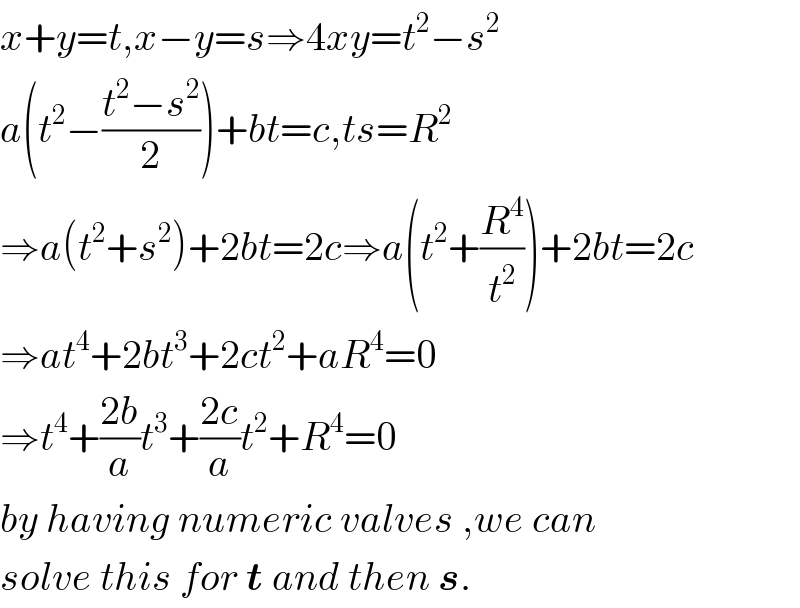
Question and Answers Forum
Question Number 47966 by ajfour last updated on 17/Nov/18

Commented bybehi83417@gmail.com last updated on 17/Nov/18

Answered by MJS last updated on 17/Nov/18

| ||
Question and Answers Forum | ||
Question Number 47966 by ajfour last updated on 17/Nov/18 | ||
 | ||
Commented bybehi83417@gmail.com last updated on 17/Nov/18 | ||
 | ||
Answered by MJS last updated on 17/Nov/18 | ||
 | ||
| ||